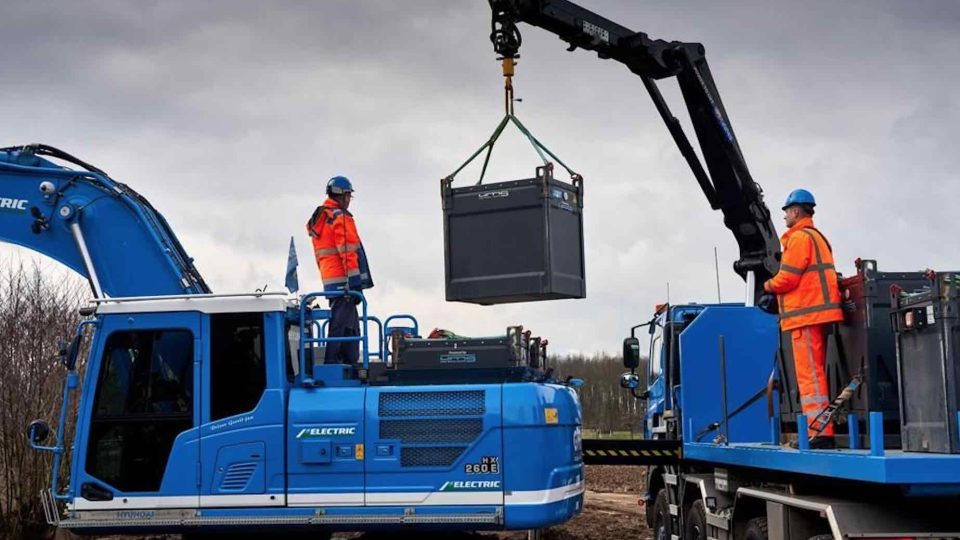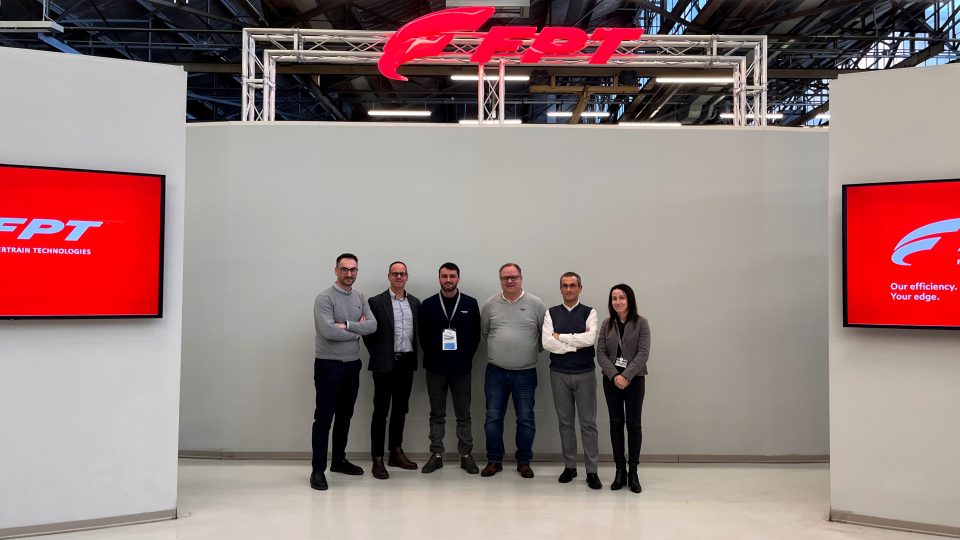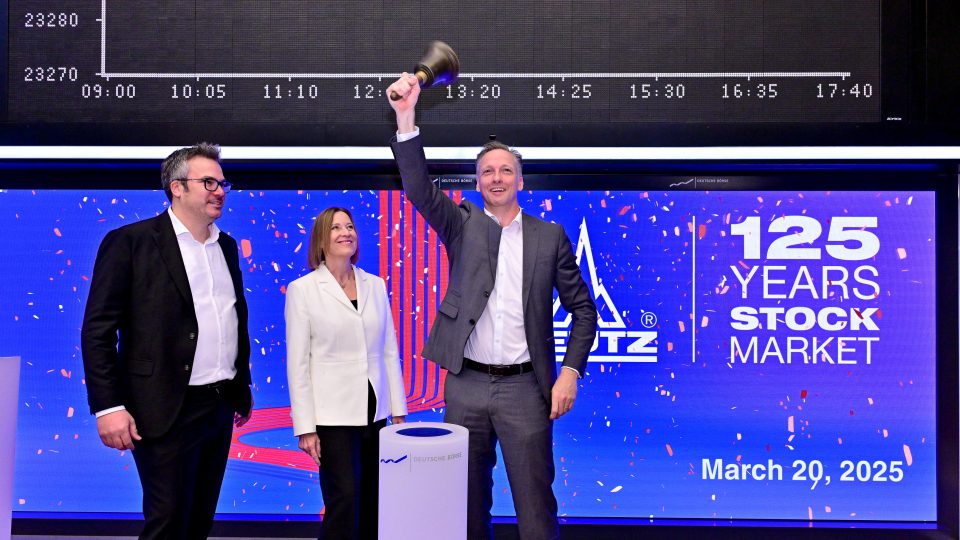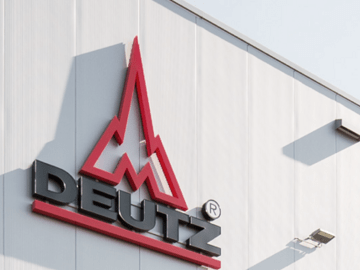Euromach R953 and Kubota V3800 in the name of Stage V
Euromach takes a step forward with AdBlue We have already talked about Euromach here on Diesel International. We understand that spiders are not exclusive to cartoons and arachnophobes. With the independent “legs”, the excavators from Brescia, in the north of Italy, are able to dare where only the eagles dare. R953 is the name of […]
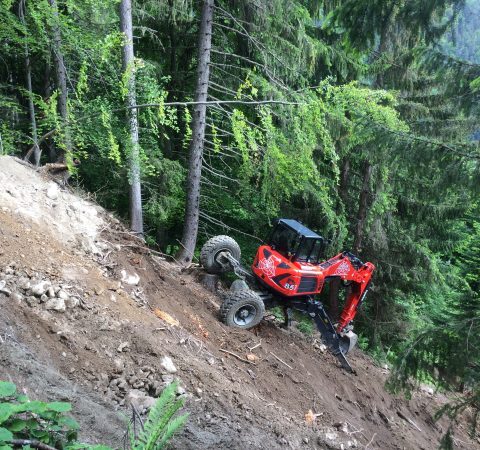
Euromach takes a step forward with AdBlue
We have already talked about Euromach here on Diesel International. We understand that spiders are not exclusive to cartoons and arachnophobes. With the independent “legs”, the excavators from Brescia, in the north of Italy, are able to dare where only the eagles dare. R953 is the name of the first Stage V approved spider. A goal achieved together with the Kubota V3800. The revolution is called SCR which, on an application like this, has some structural implications.
Leading the way we find the 3.77 liter four-cylinder engine, one of the best sellers of the Osaka family, which had already turned towards the “all inclusive” after-treatment for the Tier 4 Final: particulate filter, complete with catalyst, and delivery system of technical urea. The output: 85 kilowatts at 2,600 rpm, the torque: 380 Newtonmeter at 1,500. We also spoke with Alfredo Calzoni, plant manager, about the last comer in the Euromach family.
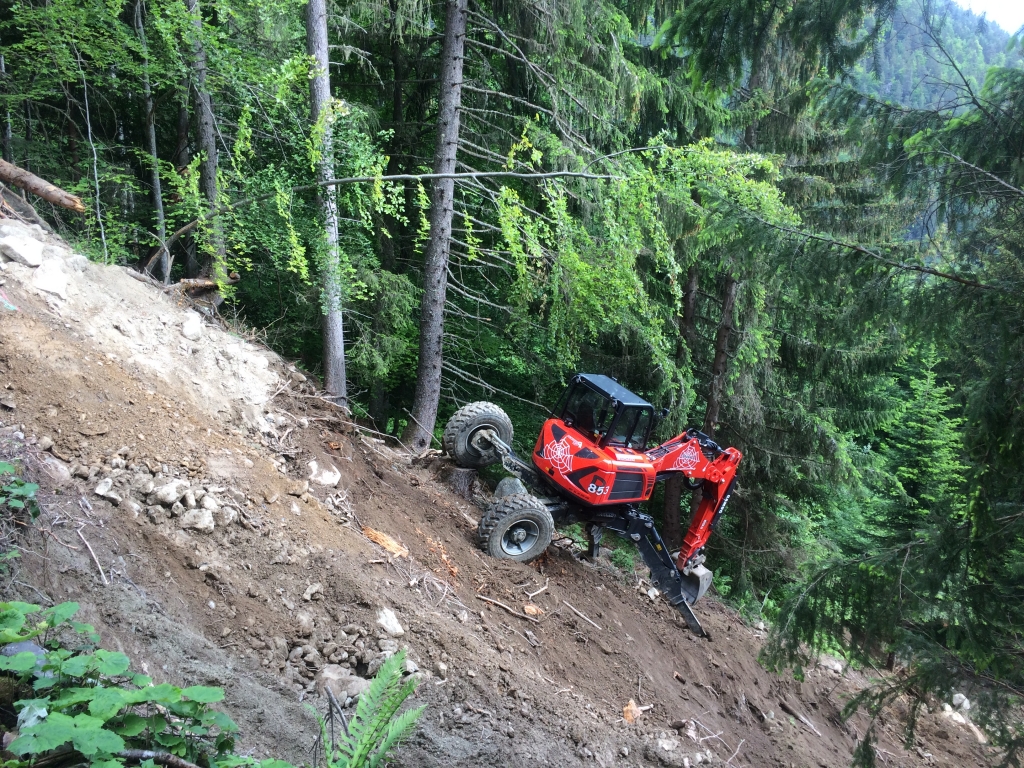
The Stage V has been reached. What can you tell us about this machine equipped with the SCR?
This is the R953. Also in this case, as in the case of every engine change, we had to redesign the machine, the bonnets and the electrical system in the cabin, which must answer different requests. In addition to the aesthetics, we have also added many improvements to the mechanical and hydraulic parts of the machine. We follow the policy of small steps, we generally change to remove impending obsolescence or to solve localized problems.
At Euromach, we made some Tier 4 Final prototypes to keep up with Switzerland, which had stricter regulations than Europe, and we turned directly to the Stage V. We sold some of our products in Italy, Switzerland and France. We are waiting for Kubota to finish the test phase to get to production, hopefully no later than October 2019. Kubota follows very scrupulous procedures, it proceeds step by step: from the prototype to their first checks, which are done in Japan. From there, in a few months, you get to serial engines.
The SCR module is a challenge. On an electronic level the engine is more complex. The AdBlue must be managed in a serious manner by the operator, who must bring the tanks to the machine. For this application, system management is still an unknown factor. Moreover, this is our most popular model.
Have you had problems with after-treatment adaptation?
Kubota has made a very smart operation, which answers to our design needs, compacting the dimensions of Dpf and Scr. With John Deere we followed another approach, allocating the filter behind the cab, due to the need of the operator to always be able to visually check the position of the legs, especially when in extreme conditions.
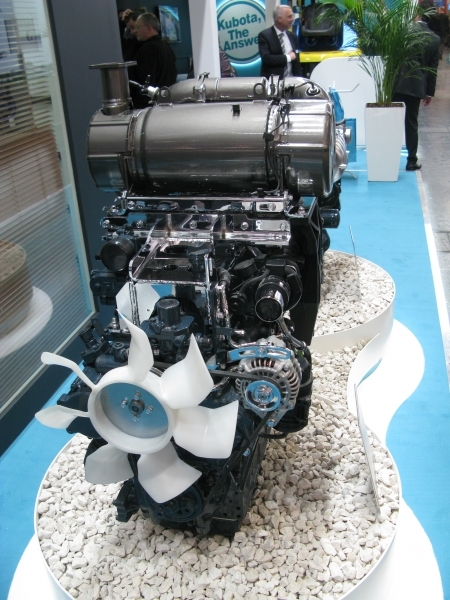
Power density. Is this the driver?
The main element is the compactness, one of the characteristic features of Kubota. Reliability is another plus that we have seen in the Japanese over the years. The recognition of the brand at an European level is another point in favor of Kubota. Using an anatomical metaphor, all the organs are important, but without the motor, the heart of the organism, the machine stops.
Also, and above all, considering the remote areas of work of the spiders?
Replacing an engine at 3,000 meters is not a piece of cake. Until you think about electronics around the engine it does not arise particular big issues, when instead the electronics are linked direclty to the engine it becomes a whole different story. These are machines full of electronics. We can testify that there are machines with 12-13,000 hours behind which after twenty years still work very well.
Does anyone ask for different engines?
Honestly no, both Kubota and John Deere (editor’s note: JD provides engines for Euromach spiders above 100 kilowatts) are globally known brands. Requests of this type could come from orders exceeding fifty units.
What kind of customizations do you do?
The customizations are mainly at the hydraulic level, with some intervention at the mechanical level.
Do you have a good relationship with the Dpf?
We are still struggling with Stage IIIB certified machines, even though they are now at the final stages. The particulate filter has not given any major problems so far, since the machines are in continuous use. We have made Tier 4 Final prototypes, even if, as anticipated, we will go directly to Stage V, which we will complete in 2020. We have no intention of changing engines.
We tried with other engines but we have not found a real competitive advantage in terms of size, and with Kubota and John Deere we have a consolidated relationship. We have never considered the economic aspect, only the technical one. The particulate filter has so far not given any major problems, since the machines are in continuous use.
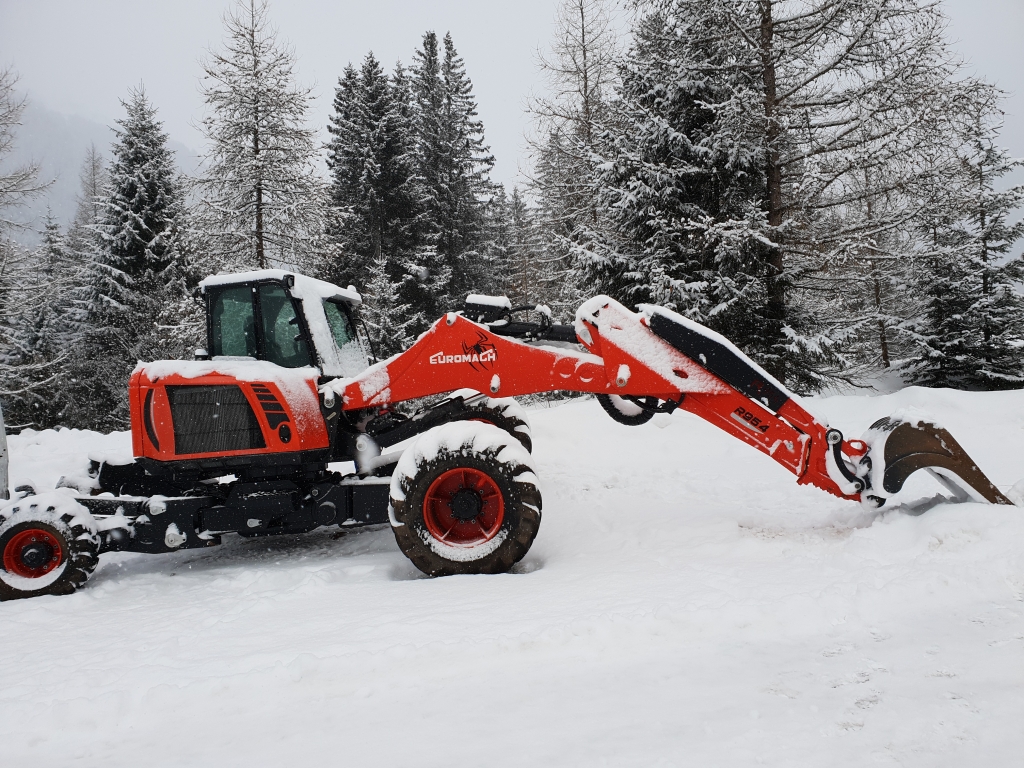
Euromach it’s faithful to diesel, but what about the alternatives?
The complications of the diesel are becoming so many, the type change could be desirable. We must however consider that engineering a completely new product, in these market niches, for us who have so many models and small numbers, would be a huge complication.
How much do spiders consume?
The main tank holds diesel fuel for 8/10 hours. Bear in mind that diesel fuel canisters are carried on a slope. We use every cavity to allocate the tank, which in itself has an important volume. Increasing the capacity would increase the size of the machine. A secondary tank is already provided, with a transfer system to the primary tank. There is also an hydraulic manifold for the passage of diesel between the lower and upper part.
Within a week the machine is ready for testing. It takes another week to finish, before delivery. The most dangerous obstacle in using this machine is given by the operator himself. We collect many requests from abroad and also require training. This machine is like a robot: the operations are in the hands of the operator, in his competence. Spiders have no limits, we recommend limiting operations to a 45 degree slope, the limit of motor transients.




